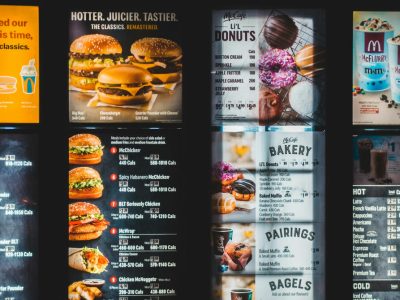As we prepare for the next year, it is important to reflect on the past year to grow and progress. What’s worked well? What hasn’t worked so well? How can we improve?
Below are some examples of trends I expect to continue in the DFW office market next year:

Creative Space is King
Creative/loft office space in DFW used to be primarily occupied by marketing, advertising, and other “creative” industries. Today, all types of industries (legal, finance, professional services, etc.) demand a more unique environment for their employees. This is accomplished by leasing older, redeveloped buildings or creating that aesthetic in a more typical highrise.
Exposed brick, stained concrete floors, copious natural light (for everyone, not just those with exterior private offices), and exposed ductwork — are the things many companies want as they attempt to create a workspace that promotes innovation and productivity. Many landlords are also more open-minded to less conventional ideas as they face increased competition from co-working spaces.
The War for Talent
With the risk of sounding like a broken record here, this has to be the most reoccurring theme in the Dallas-Fort Worth metroplex today. It has been an unprecedented time for corporate headquarter relocations to DFW over the past few years. In addition, millennials are the largest generation in the labor force, and prudent business owners use their real estate as a competitive advantage for recruiting and retaining top talent.
Personnel costs are a much larger line item on a company’s balance sheet than real estate occupancy costs. I expect more companies to consider higher-priced buildings with additional amenities in live-work-play areas. By doing so, for many companies, the avoided costs of losing valuable employees and training new hires outweigh the additional occupancy costs. It could be its own bullet point, but employee happiness is critical for productivity.
Increased Parking “Squeeze”
Companies are designing more efficient workspaces and becoming denser, almost across the board. This is problematic for older buildings built to accommodate three parking spaces across 1,000 square feet in suburban markets and one space across 1,000 square feet in the Central Business District.
Companies are putting more people in less square footage by utilizing building amenity areas or creating larger “shared areas” within their spaces and attempting to offset higher rents. Securing additional parking spaces nearby is an obvious solution, but oftentimes, easier said than done. Some companies are offering incentives for their employees to ride DART or are relocating to a space that is in walkable proximity to most of their employees as a solution. It is also important to evaluate the maximum number of employees on-site on any given day versus the total number of employees.
Some Things Never Change
Not to contradict my “millennial schpeel” above, but I expect some companies will revert to more traditional working methods after making drastic changes over the past few years. Many companies that hopped on the “open office layout” trend a few years ago will realize that it does not work well for their specific business.
In the legal industry, the egalitarian layout of equally sized offices for associates and partners alike will likely change for many firms after switching within the past few years. (Side note: I still expect increased collaboration areas — such as open break rooms — even from companies that revert to a less open layout with more private offices.)
As another example, IBM decided to end its “working from home” policy for a large sector of its workforce. IBM realized that a collaborative effort was more beneficial than the savings in real estate costs by having remote workers. Some people can work from a coffee shop and be just as or more productive than in an office, but some can’t. The challenge is finding the right balance between employee happiness and productivity.
Looking Forward
Overall, we’ve made huge progress in understanding that a happier worker is a more productive worker. This is beneficial to everyone as more and more companies place a higher emphasis on wellness, balance, and flexibility. While some of the newest trends do not work well for all industries, many companies in the Dallas-Fort Worth metroplex are making improvements that support employee well-being. I look forward to seeing how we progress this year.




